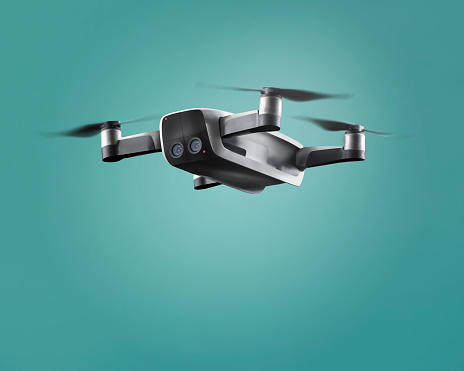Time is of the essence when it comes to getting organs to patients who need them, and a recent test may have sparked a breakthrough in how they’re delivered.
On April 19, a drone successfully delivered a donor kidney to surgeons at the University of Maryland Medical Center. It marked the first time a drone has been used to deliver an organ to a transplant patient.
The drone traveled about three miles to deliver the kidney, according to MIT Technology Review. According to a UMMC press release, the patient was a 44-year-old woman from Baltimore who’d spent eight years on dialysis before the procedure. She was discharged a few days later.
Dr. Joseph R. Scalea, assistant professor of surgery at UMSOM, and one of the surgeons who performed the transplant at UMMC, said:
“There remains a woeful disparity between the number of recipients on the organ transplant waiting list and the total number of transplantable organs. This new technology has the potential to help widen the donor organ pool and access to transplantation. Delivering an organ from a donor to a patient is a sacred duty with many moving parts. It is critical that we find ways of doing this better.”
Before the drone even came near a live organ, the team performed 44 test flights over 700 hours, Engadget reported. It was important for things to go right the first time because organs can only survive for a few hours outside of the body.
When it comes to organ transplants, Black people are the largest minority population on the list, according to 2016 data from the Office of Minority Health. Although Black people are about 13 percent of the United States’ population, they make up nearly 30 percent of the transplant list.
In addition, Black people have to navigate additional barriers when it comes to securing an organ donation.
“Research also has shown that African-Americans in low socioeconomic neighborhoods, along with poor education (about transplants), are less likely to be listed for transplantation compared to whites in similar neighborhoods,” Dr. Velma Scantlebury, the first Black woman to become a transplant surgeon, told U.S. News,
Getting drones involved in the transplant process can hopefully make it smoother, easier and faster. However, there’s a lot that needs to be done to ensure Black people are benefitting from the transplant system.
The flight was a result of a collaboration between the University of Maryland School of Medicine (UMSOM), the University of Maryland (UMD), the University of Maryland Medical Center, and Living Legacy Foundation of Maryland (The LLF).

